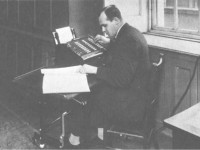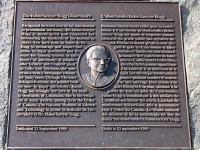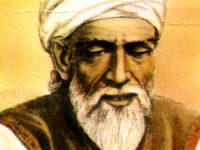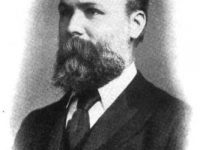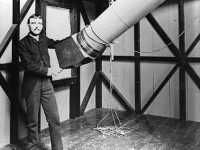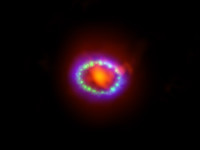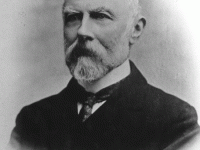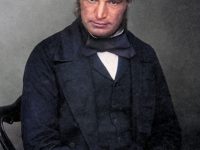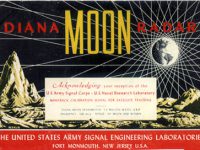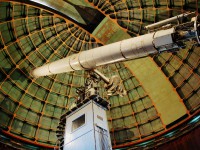Leslie Comrie – a Pioneer in Mechanical Computation
On August 15, 1893, New Zealand astronomer Leslie John Comrie was born. Comrie was a pioneer in the application of punched-card machinery to astronomical calculations and founded the world’s first private company for scientific computing in 1937. Leslie John Comrie was born in Pukekohe near Auckland, New Zealand. He attended Auckland University College, which is part of the University of New Zealand from 1912 to 1916, graduating with BA and MA degrees with Honours in Chemistry.…
Read more

